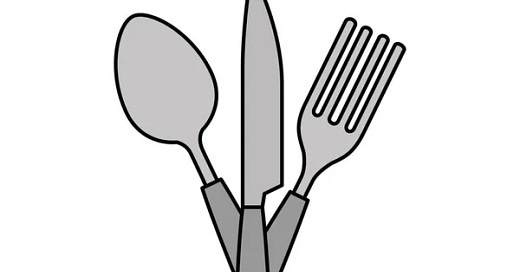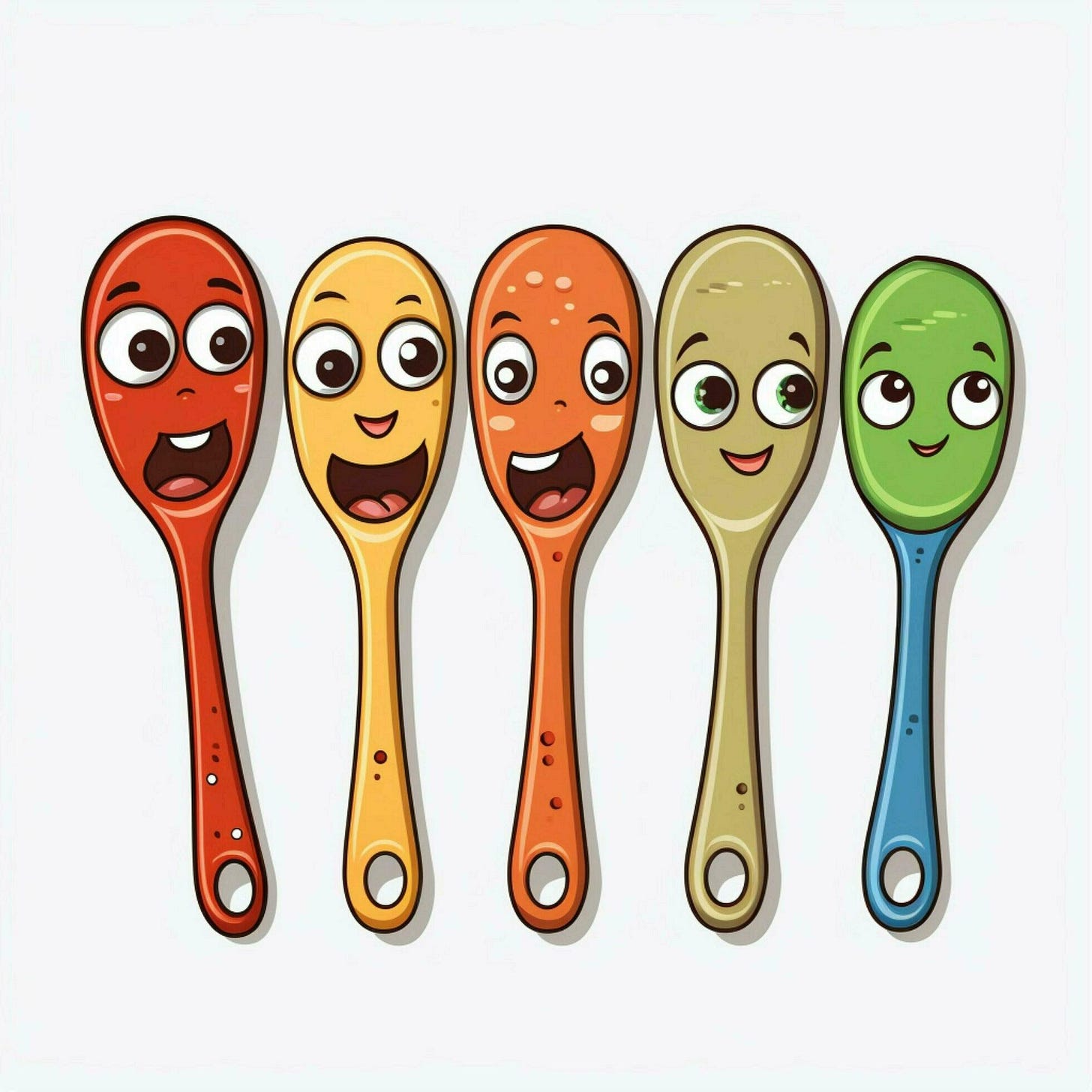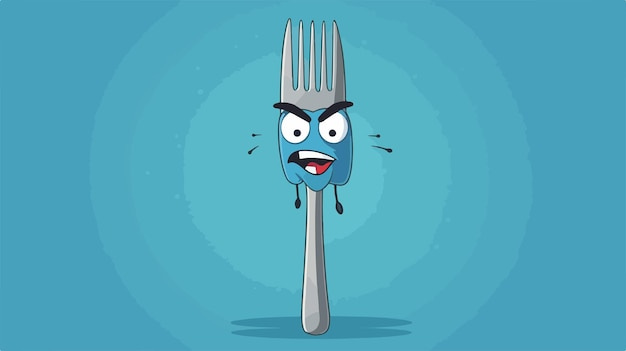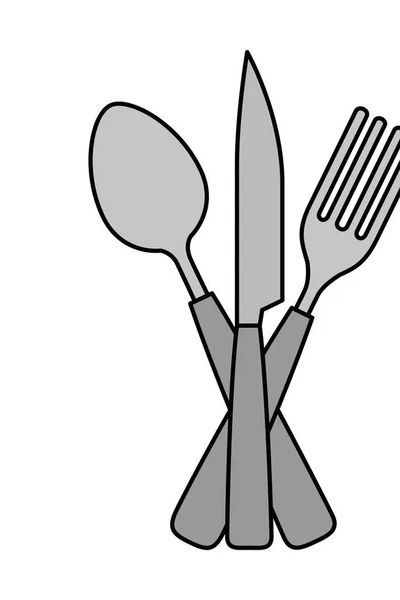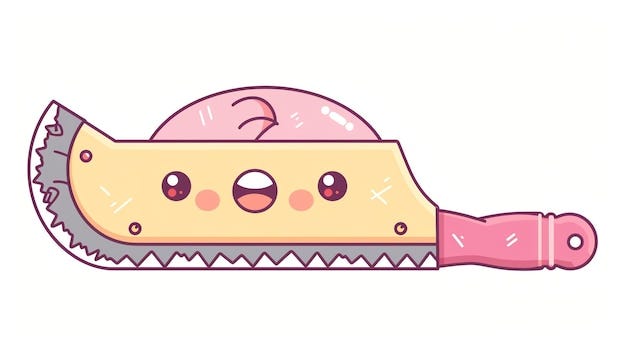The neurodivergent cutlery drawer contains spoons, forks and knives. We’ve all heard of the spoon theory - the powerful metaphor for energy and chronic illness, but what if we needed more than just spoons to explain the shape of our days?
Enter the spoon, fork and knife theories - a way to explore not just how much energy we have, but what kind of energy we are working with.
Spoon Theory: A Day Measured in Spoons
How would you plan your day if you only had 12 spoons to spend?
Let’s start at the beginning. Spoon Theory is a metaphor created by Christine Miserandino to explain what it feels like to live with chronic illness. She used spoons as a visual and tangible way to describe how energy is not infinite and how each activity — no matter how small — comes at a cost. What began as a personal explanation has since resonated far beyond its origins, now widely embraced by disabled, neurodivergent and chronically ill communities as a way to articulate the invisible effort behind daily life.
While many people may wake up with what feels like endless spoons — or energy reserves — neurodivergent individuals often don’t. Each day might begin with a limited number, influenced by sleep, emotional regulation, sensory load or how socially demanding the environment is.
Now imagine you only have 12 spoons to last you the whole day.
Getting out of bed? That’s one spoon.
Making breakfast? That’s another.
Going to school or work, navigating noise, transitions, communication, expectations? That’s several spoons gone before lunchtime.
And remember — spoons aren’t just about physical exertion.
They’re mental, emotional and sensory too.
You might feel physically drained but still be mentally overstimulated. Or perhaps you’re emotionally exhausted after a meltdown, even if your body seems to have calmed. The spoons run out in different ways and it's not always visible on the surface.
When spoons deplete without a chance to replenish, we risk overwhelm, shutdowns, meltdowns and eventually burnout. And burnout in neurodivergent people is real — it’s not just tiredness or a bad mood. It’s a full-body, full-brain depletion that takes time (sometimes weeks or months) to recover from.
How can we help?
By recognising when spoons are running low, we can support instead of push.
Adjust demands according to current capacity.
Build in spoon-replenishing activities (rest, special interests, sensory breaks).
Observe how communication or behaviour shifts when spoons get scarce.
Create flexible, low-pressure environments where it's safe to say, “I need to stop now.”
It starts with awareness and leads to compassionate accommodation.
So before asking someone to “just do one more thing,” think: How many spoons do they have left?
Now imagine you’ve only got one spoon left and the day isn’t over. What do you do?
SENDwise Hub is a reader-supported publication. To receive new posts and support my work, consider becoming a free or paid subscriber.
Fork Theory: The Other Side of the Equation
Spoon theory helps us understand output limits — how much someone can give.
Fork theory looks at input limits — how much someone can take.
The phrase “stick a fork in me, I’m done” inspired this concept.
Unlike spoons, forks are not something you spend, they’re something that happen to you. Every annoyance, demand, disruption or stressor is a fork.
Some are tiny — like itchy clothing or a change in routine.
Some are big — like sensory overload or emotional conflict.
They stack up and when the limit is reached, even a small fork can cause an explosion.
One of the most misunderstood things about forks is that it’s often the last little one, not the biggest, that triggers the meltdown or shutdown. That’s because it’s cumulative.
A fork is never just a fork if it’s the tenth one that day.
When someone is full of forks, they can’t access their spoons. And trying to manage those forks on their own? That uses spoons, too.
How can we help?
Remove stressors where possible.
Offer control and predictability.
Reduce exposure to “fork-heavy” environments.
Notice patterns — what kind of forks show up, and when?
And most importantly: Don’t be a fork thrower. Even the best intentions can turn into unexpected stressors if we aren’t paying attention.
Be mindful of what someone is already holding.
Knife Theory: When There’s Nothing Left
Knives are what someone uses when all their spoons are gone. They are the last-resort energy source, drawn from tomorrow’s reserve. They let a person push through, but at a cost.
A knife can’t do what a spoon does. Imagine trying to eat soup with a knife — technically possible, but clumsy, slow and messy. It gets the job done, but at a price to well-being.
When you are using a knife, you’re functioning on pure survival mode. You might appear compliant or fine on the outside, but inside, it’s costing you everything.You may crash hard later. Or tomorrow. Or next week.
How do we help?
Don’t push someone to knife-level functioning.
Respect the “no” even when you don’t see the struggle.
Learn to spot early signs of depletion.
Help build systems of support that prevent reaching that point in the first place.
If someone’s using knives, they’re already hurting.
Don’t demand more. Help them put the knives away safely and start rebuilding spoons.
Final thoughts:
Spoons. Forks. Knives.. It might sound whimsical, but these metaphors speak to something deeply real: the invisible daily experiences of neurodivergent people.
They help create language for self-advocacy.
They open up space for empathy.
They encourage understanding over judgement, support over correction.
So next time you’re navigating a tough moment, ask yourself:
How many spoons do they have left?
How many forks are they holding?
Are they reaching for a knife just to get through?
And maybe most importantly: How can I be the person who helps carry the cutlery, not adds to the weight?
⭐ If you’re looking for neuro-affirming digital resources, you can browse them here.
⭐ Voting is still live for the National Diversity awards - click here.
⭐ If you’re on any social media, come join me on Facebook, Instagram or LinkedIn.

